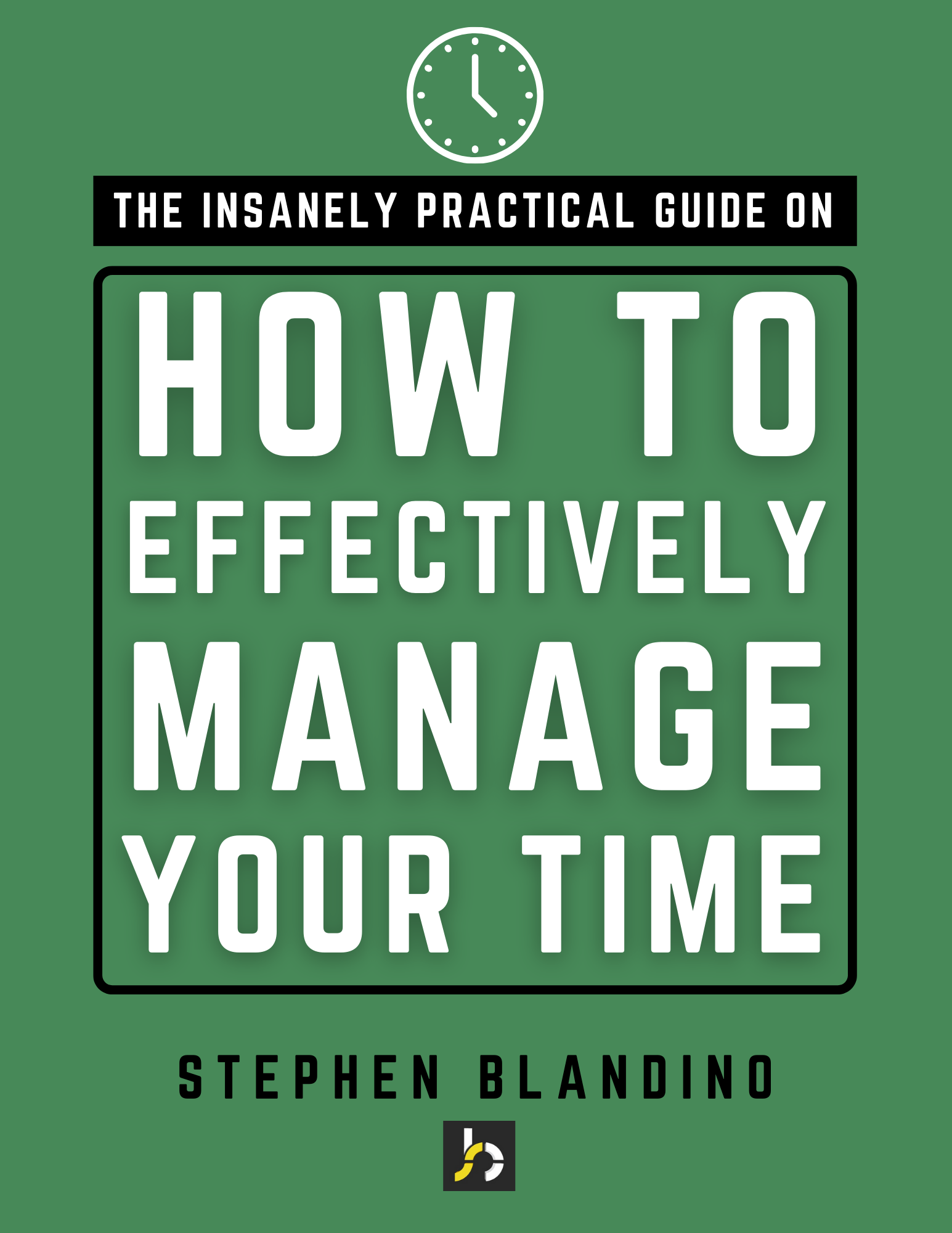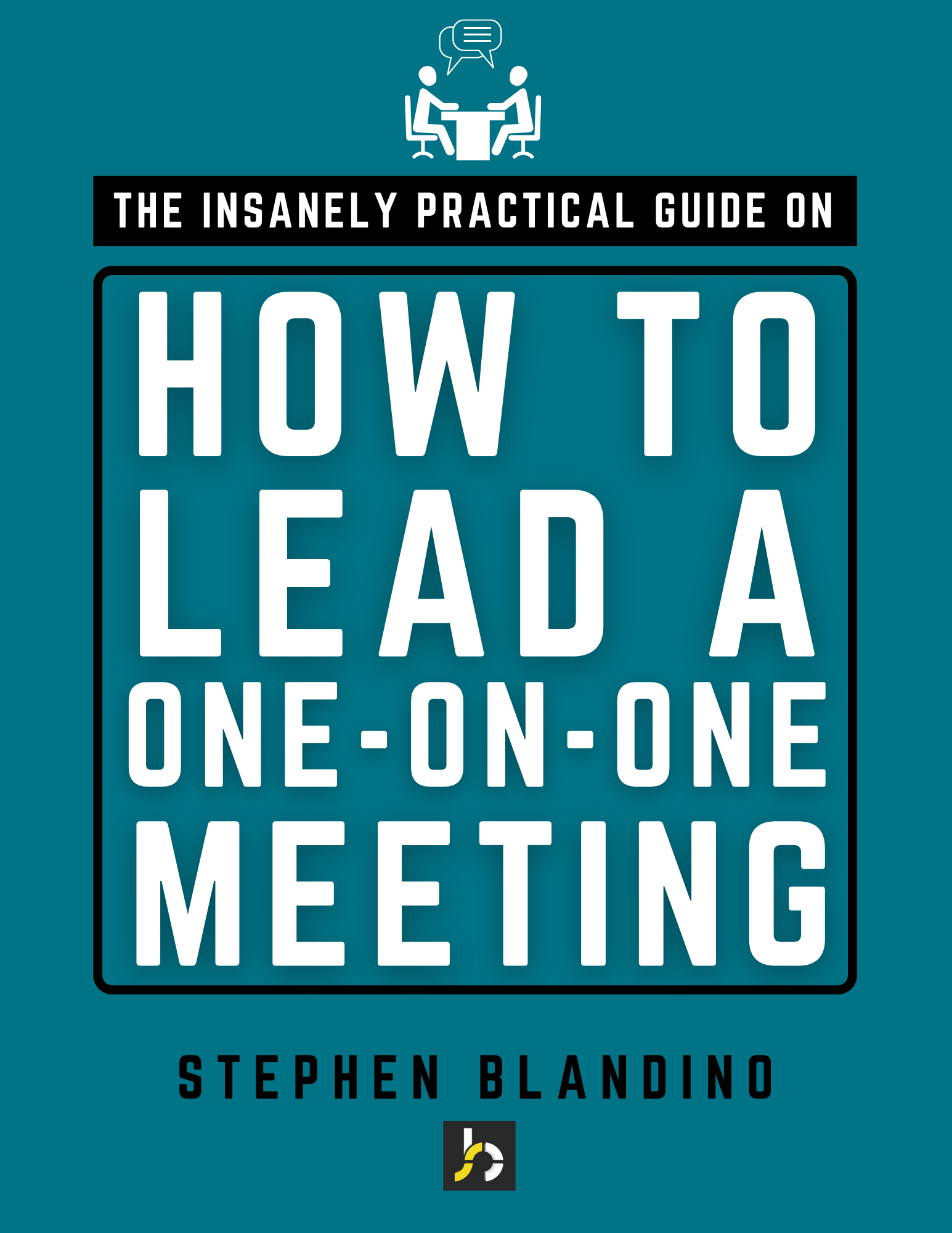There is not a one-size-fits-all style that works for all communicators. In fact, what works for one may actually be a set of handcuffs for another. I’ve read books on preaching and communication, talked with other leaders, and gleaned valuable insights from listening to and watching communicators. But there is one practice that elevated my preaching effectiveness more than any other: Manuscripting my sermons.
Communicators have manuscripted their talks for years. But I always thought this practice sounded too formal, unauthentic, and even constricting…until I tried it. What I discovered was a powerful process that actually elevated the quality of my messages and the effectiveness of my message delivery. Here are seven reasons why I manuscript every word of my sermons today:
1. Stronger Openings – When I manuscript a sermon, I think clearly about how I want to open the message. It’s very easy to “wing it” when it comes to the opening of a message. But when you have to write out every word of the message, it changes how you approach your launching point. I actually ask myself, “What will be the very first sentence out of my mouth?” The answer to that question sets the tone for the message. It also helps me mentally engage at a completely different level as I begin my delivery.
2. Singular Focus – It isn’t a secret that sermons should have a singular focus…a big idea that permeates the entire message. But the truth is most messages fall short in this area. Manuscripting helps you identify your major focus, align your content with that focus, and cut the content that diffuses your focus. A good question to ask is, “Can I articulate the big idea of my message in a single sentence?”
3. Deeper Content – A friend of mine once told me that when authors write, they have to give their readers a reason to read the very next sentence on the page. Each quality sentence leads to a quality paragraph which inspires the reader to continue turning the pages. I think the same principle holds true in communication. You have to give your listeners a reason to keep listening. When I started manuscripting my sermons, that thought stuck with me. As a result, it helped me work harder to improve the quality of my messages and take the content deeper. Deeper doesn’t mean more complex or harder to understand. It simply means the hearer doesn’t walk away saying, “I’ve heard that before.” Everything you say will not be original. But creating a word-for-word manuscript helped me evaluate my content with the following question: “Is my content fresh, insightful, and does it have an ‘Ah ha’ moment?”
4. Identifying Gaps – Writing a message word for word helps you identify gaps in your content, interpretation of Scripture, and key points. Furthermore, you’re able to evaluate the flow of your message, determine if there are gaps in your use of illustrations, and evaluate if your message lacks relevance or clear application points. After writing your message, ask yourself, “What’s missing from the message that would improve the content and its connection with my audience?”
5. Better Transitions – Whether it’s moving from point #1 to point #2, transitioning into or out of an illustration, or introducing a new thought, your ability to transition successfully helps your audience follow your train of thought. My transitions benefited from manuscripting in two ways. First, I was able to move smoothly from one idea to the next without the transition feeling awkward. Second, writing out my message forced me to evaluate honestly whether a particular idea or illustration even fit. Just because I liked the idea didn’t mean it was right for the message. Before I engaged the practice of manuscripting, I was much more likely to make it fit. Ask yourself, “Do my transitions feel natural? Does the content on each side of my transition fit the focus of the message?”
6. Effective Closings – I remember sitting in a service where a speaker preached an excellent message. But when it came to the closing, he couldn’t have been more unclear. When the service was over, he voiced his frustration over the lack of response from the audience. Consider this: If you’ve just spent 30 minutes trying to convince your audience why they should do what you’re telling them to do, why would you skimp on your closing? Ask yourself, ” How do I want to challenge my listeners to respond?” Then craft an extremely clear sentence that pegs the response you’re looking for.
7. Accurate Timing – I’ll admit that guarding my time is a challenge for me. But when I started writing out my messages word for word, I was able to better gauge exactly how long it would take to deliver my message. This gave me the opportunity to determine what to cut before ever stepping up to speak. It also helped me determine if the message should be a stand alone sermon or a series.
One word of warning: Just because you manuscript your messages doesn’t mean you should stand up and read your message word for word. In fact, that could be a disaster. Your delivery needs to be natural, engaging, and true to your style. You might even create a small outline based off of your manuscript to use during your actual message delivery. Manuscripting helps you improve your message preparation. And the better you prepare, the more likely you are to deliver your message more effectively.








